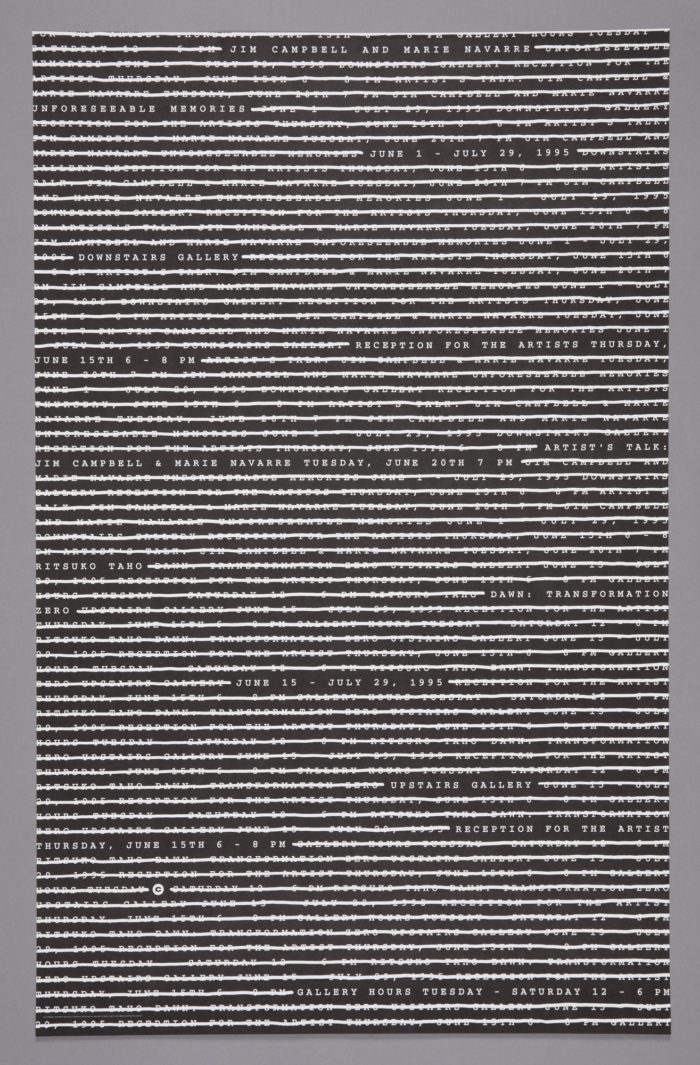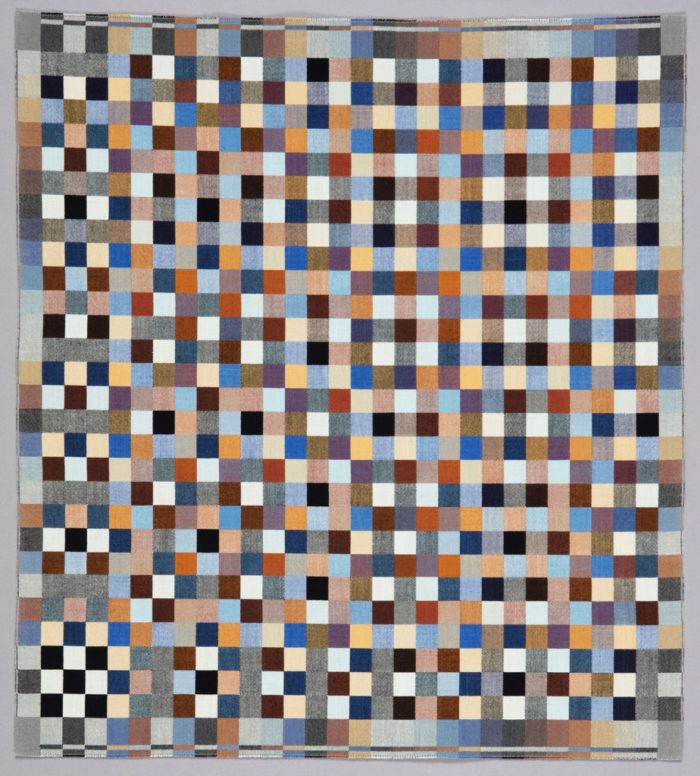
Kristian Vedel is primarily known as a furniture designer, trained by the Danish architect-designer Kaare Klint and strongly influenced by Klint's standards of economy, function and simplicity. Vedel established his own studio in 1955. These stacking egg cups are one of his early innovative designs, part of the Gourmet line of plastic tableware from about 1958. Manufactured by Torben Ørskov & Co., they are made of melamine, a hard, durable, heat resistant plastic still popular for table and kitchen goods today. The egg cups were produced in white, black and red. The simple, circular molded forms show a sculptural lightness and refinement. Their rims, wide enough for a small spoon, taper to such a fine edge that they are almost sharp.
In the early-to mid-1950s, Torben Ørskov started working with designers to explore what could be achieved with melamine, a relatively new plastic at the time. The company wanted to show that it could be used to produce finely sculpted forms of high quality. Surprisingly, this experimentation with melamine and the idea of stackable plastic ware was somewhat influenced by American products Vedel and other Danish designers saw at the 1954 exhibition of American decorative arts, in Copenhagen. One Danish critic noted that American design emphasized functionalism and the "art of simplification." There was a large contingent of plastic kitchen and dining wares, including Russell Wright's and George Nelson's first stacking table services in plastic. Vedel began to design the Gourmet range around 1956, and the basic line went into production two years later.
By the early 1960s, this international story seemed to come full circle—the egg cups and other Gourmet items were available to American consumers at Design Research, the innovative retailer of modern design, founded in Cambridge, Massachusetts in about 1953. Design Research, a great proponent of the Scandinavian Modern style, went on to open stores in New York and San Francisco. The firm became an influential marketer of every aspect of the modern lifestyle in the 1960s and 70s—from clothing and textiles, to furniture, to goods for the kitchen and dining table.






